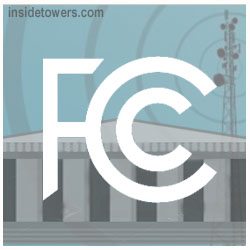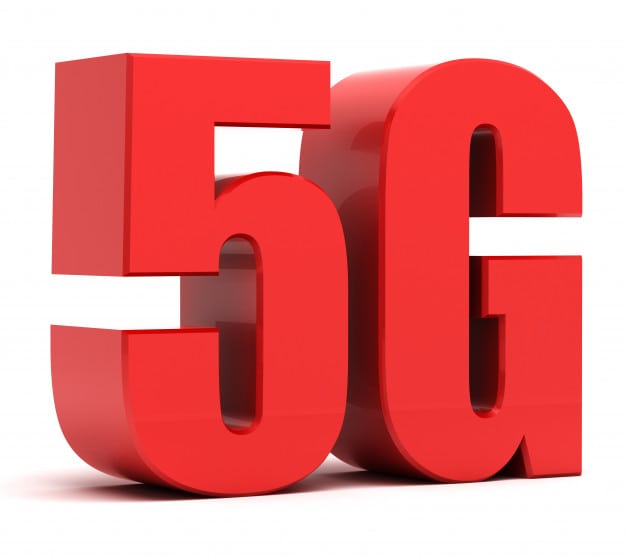
Two Senators asked the FCC to resolve the outstanding TV White Spaces (TVWS) proceeding so the unlicensed spectrum between TV channels can be used for rural broadband. Specifically, Steve Daines (R-MT) and Ron Johnson (R-WI) call TVWS “an affordable solution for rural and tribal communities.” They characterize the unique features of the spectrum, “which is capable of traveling long distances while maintaining robust bandwidth capabilities.”
Broadcasters are concerned about possible interference to licensed station transmission from unlicensed devices. The NAB has said just because the TVWS is unlicensed does not mean it is unused by television broadcasters. Danes and Johnson asked the Commission in a letter, to finalize guidance for TVWS “that allows for the expansion of this technology while mitigating the potential for harmful interference.” Continue Reading















